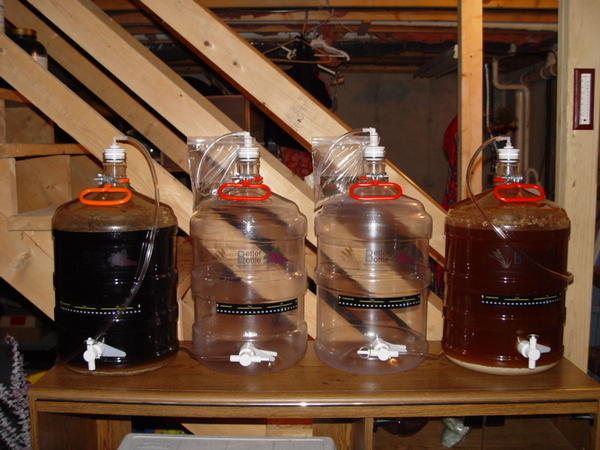Riffington
Member
Okay, this is probably a stupid question. But I haven't done this before, and I want to go buy some equipment and brew some cider.
Suppose I am scared that siphoning will be annoying (though correct me if I'm wrong and it's no big deal).
Here's what I am imagining: I would presumably need to buy a Better Bottle with a Racking Port (and, I assume, a highflow valve). So I would start fermentation in that, and then presumably need to rack into a second Better Bottle (again with a Racking Port and highflow valve) to ferment some more. And then from that I would pour into bottles.
But: why can't I misuse the Racking Port to skip the second Bottle: adjust the level of the Racking Port to below the level of the cider, and discard the sediment. Then I would need only one bottle. Why doesn't that work?
Suppose I am scared that siphoning will be annoying (though correct me if I'm wrong and it's no big deal).
Here's what I am imagining: I would presumably need to buy a Better Bottle with a Racking Port (and, I assume, a highflow valve). So I would start fermentation in that, and then presumably need to rack into a second Better Bottle (again with a Racking Port and highflow valve) to ferment some more. And then from that I would pour into bottles.
But: why can't I misuse the Racking Port to skip the second Bottle: adjust the level of the Racking Port to below the level of the cider, and discard the sediment. Then I would need only one bottle. Why doesn't that work?




